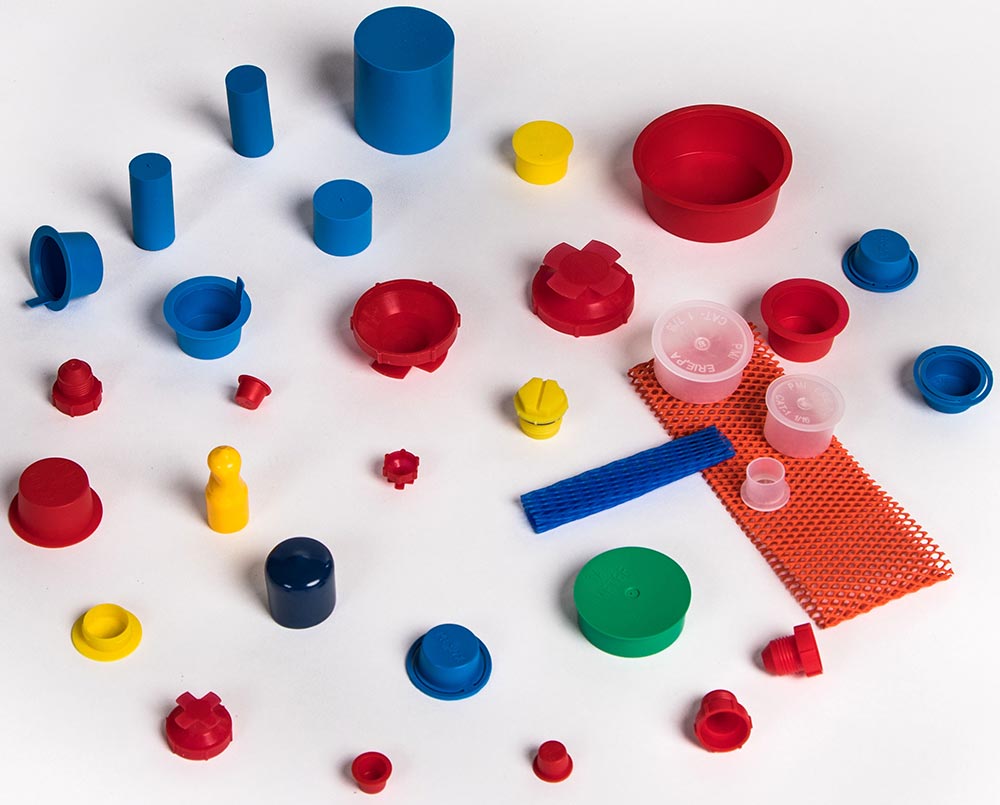News & Events


Tips for Protecting Electrical Components During Transit
As you transport electrical components across major highways or between warehouses, the parts could wear down in transit. Cables could tangle, circuit boards could corrode, and static could hinder equipment performance. To protect your electrical components during transit, try incorporating these moving techniques and tips, from choosing the right packaging to sealing the materials in place.
Choose the Right Packaging Materials
Properly storing your electrical equipment will prevent harsh movement in transit. Use materials like foam inserts and cushioned corrugated boxes to protect components from impact and static discharge.
Also, choose the correct sizing of your package for your equipment. Additional padding could cause static and friction, while empty space gives the components too much room to slide in the box.
Use Antistatic Protection
Static electricity is dangerous, especially on sensitive electrical components. Always store items in antistatic bags, and use bubble wrap with antistatic properties to add an extra layer of protection. This additional safeguarding minimizes the risk of electrostatic discharge (ESD) and maintains quality performance.
Label Boxes Clearly
As other workers transport your electrical components, you should label the boxes with the appropriate tags. Clearly mark boxes with labels like “fragile” and “handle with care.” Include warnings about the sensitive electrical components so handlers know to take extra precautions.
Secure Components Against Vibration
Vibration during transit can loosen screws, damage soldering joints, and even deform parts. To avoid mishaps, use foam padding, rubber spacers, or specialized shock-absorbing materials. This way, you can resist vibrations and protect your electrical equipment during transit.
Ensure Proper Sealing
Moisture is another common way you could damage electronics in transit. Use waterproof packaging materials and silica gel packets to absorb excess humidity within the package. Proper sealing will prevent water or dust from seeping in during shipping.
Tie Down Electrical Wiring
Secure loose electrical wiring and cover your outputs while transporting your electrical components. To tie down your electrical wiring, consider using cable ties to neatly bundle the wires without tangling them.
You can also use electrical connector covers and other protective sleeving to avoid abrasion on external elements. These covers combat moisture, dust, and physical damage in transit.
Perform Quality Checks Before Shipment
Before sending out components, inspect your packaging and handling processes. If you’re shipping multiple electrical components, give them enough space in the vehicle to transport them without hassle. This final step can save you from costly errors.
Implement these transport tips for your next electrical component transit between warehouses or factories. Label your equipment properly, and use additional protection on your equipment when necessary. With these steps, you can reduce the risk of damage and satisfy your customers with high-quality products.

